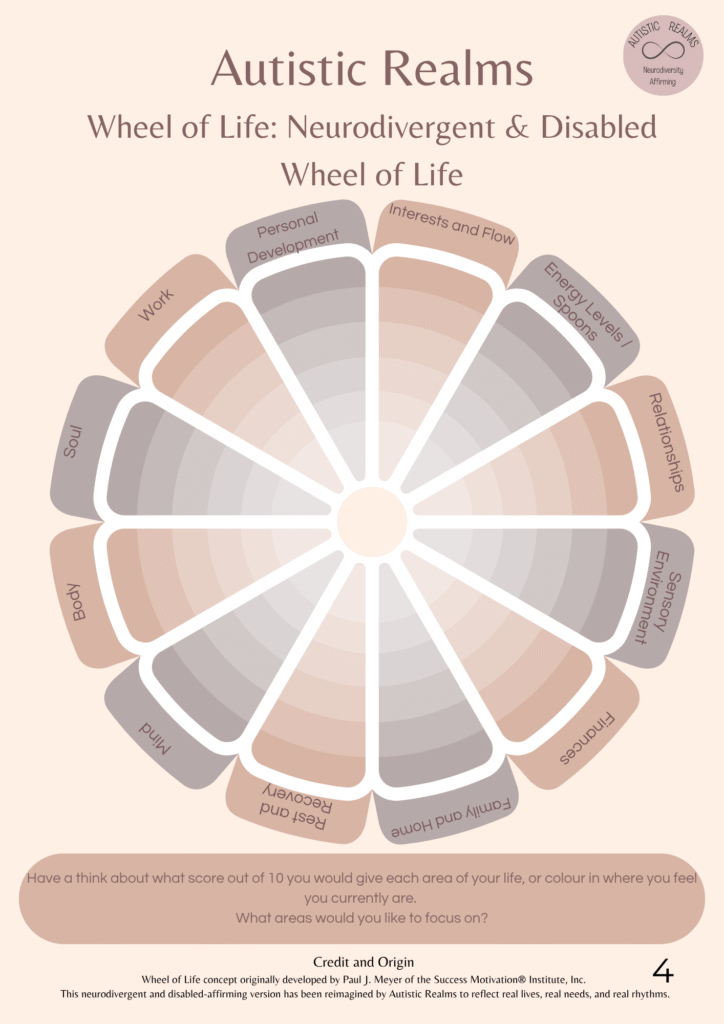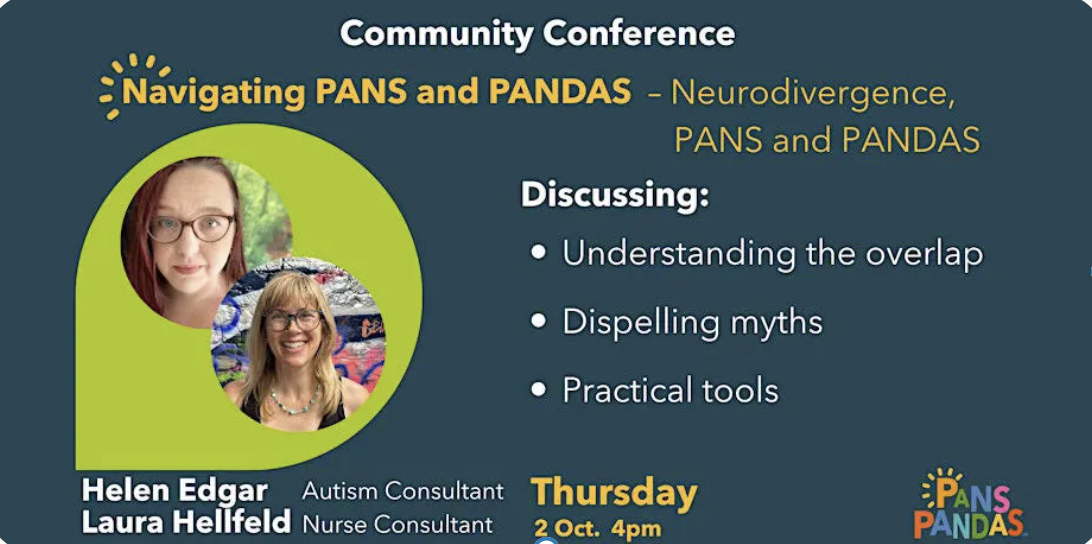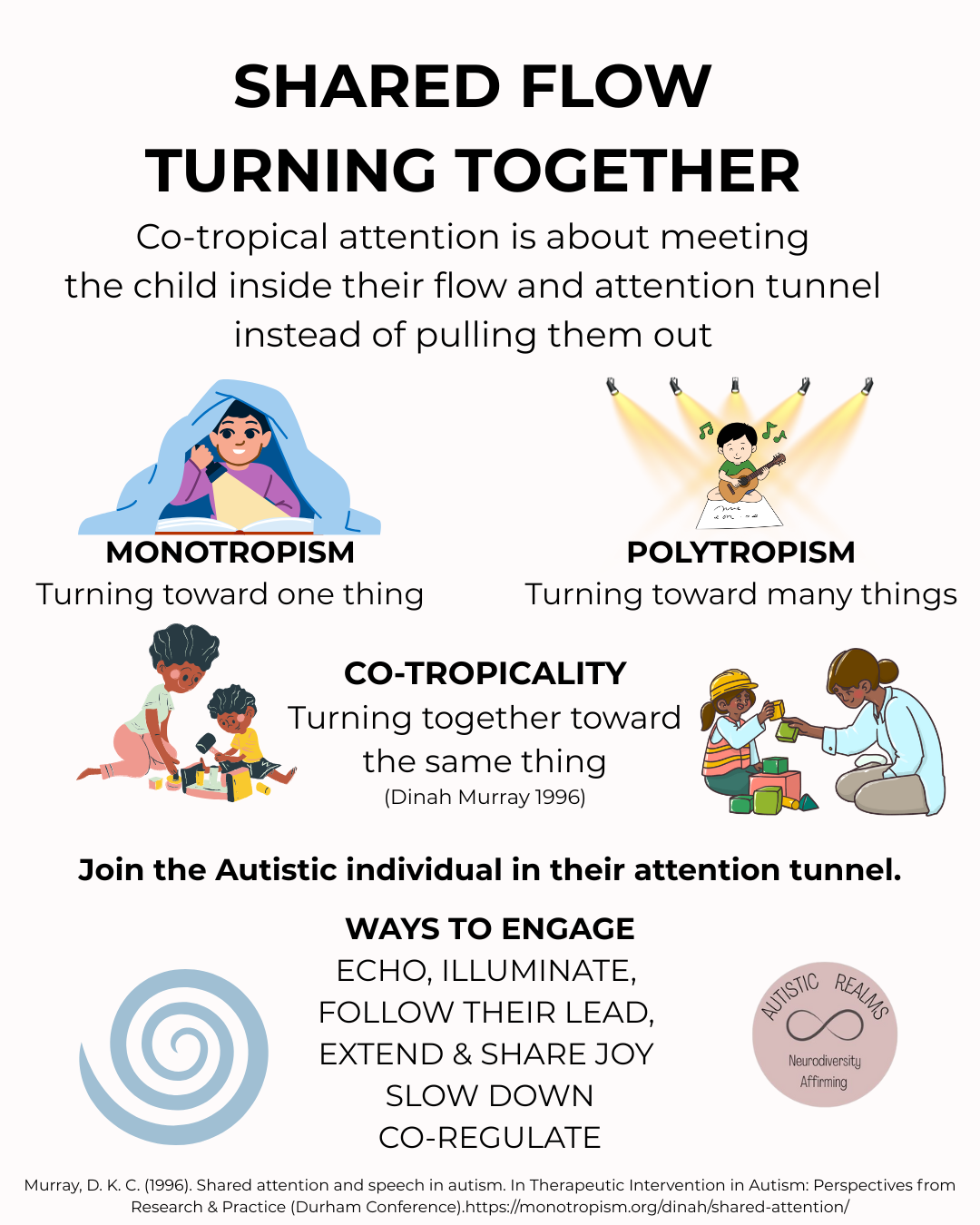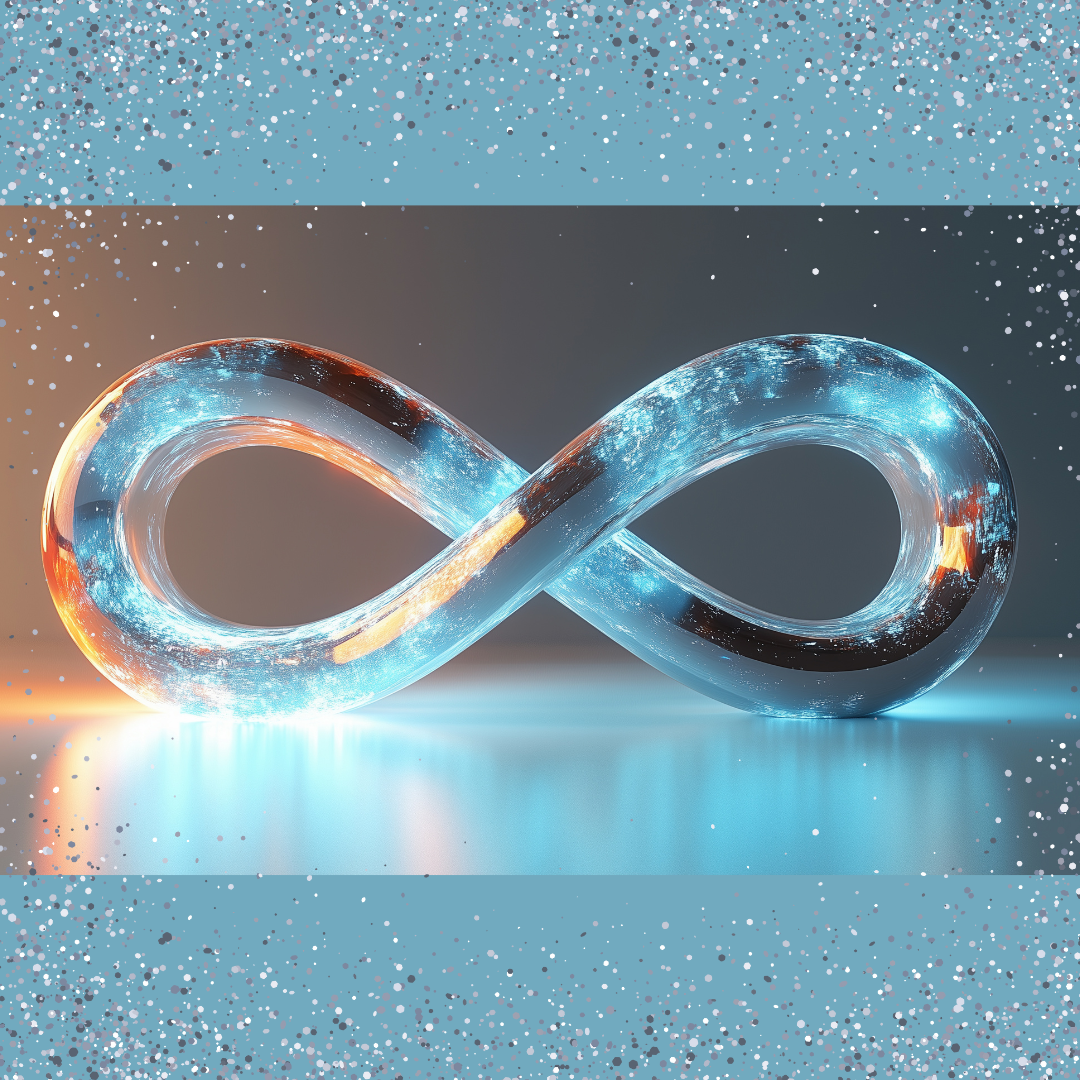Your basket is currently empty!

Neuro-Affirming Neurodivergent & Disabled Wheel of Life: Reclaiming Flow on Our Own Terms

What does flow and balance mean when your energy is unpredictable, your needs are sensory and relational, and your life doesn’t fit the standard neurotypical mould?
For many neurodivergent and disabled people, traditional self-help tools don’t always work. They often leave out the things that matter most — like flow states, energy accounting, sensory overwhelm, and the quiet work of meaningful recovery engaged with our interests and things that really matter to us. That’s why I created a Neurodivergent & Disabled Wheel of Life: a gentle, flexible tool for checking in with yourself and honouring your own authentic needs.
This version includes twelve realms that reflect real, lived experience — not a neurotypical ideal of productivity and balance.
The 12 Realms in the Wheel of Life
- Interests and Flow – Do you have space to deep-dive into your passions? Flow is more than focus — it’s nourishment.
- Energy Levels / Spoons – How much energy do you have right now? Are your spoons depleted? What helps restore your energy?
- Relationships & Community Support – Do you feel safe, connected, and understood in your relationships and communities?
- Sensory Environment – How does your environment support (or dysregulate) your sensory system?
- Finances – Are your needs being met financially? Are you accessing support or benefits you’re entitled to?
- Family and Home – Is your home a place of safety, access, and grounding? How are your close relationships?
- Rest and Recovery – Are you resting in ways that feel meaningful — not just sleep, but stimming, decompressing, and time with your interests and sensory experiences that help you?
- Mind – How is your emotional and cognitive world? Are your thoughts and feelings being held?
- Body – How is your physical health? Are you able to tend to your body with care and compassion?
- Soul – What’s nourishing your creative or spiritual self? Where do you feel connected to awe, wonder, creativity or deepr meaning?
- Work / Career – How accessible and aligned is your work, study, or daily output? Is it in balance with the rest of your life?
- Personal Development – Are you growing in a way that’s authentic to you — learning, unlearning, becoming?
A Tool for Reflection, Not Perfection
This Wheel is not about fixing yourself or striving for symmetry. It’s about pausing, noticing what’s working, what’s hurting, and what needs more time and space.
It’s a chance to ask:
- What feels full?
- What feels stretched thin?
- What really matters to me right now?
You can colour it in, journal with it, or simply use it to guide conversations with a therapist, peer, or support worker. However you use it, this tool is here to meet you where you are — not where the world expects you to be.
Download the Neuro-Affirming Neurodivergent and Disabled Wheel of Life & Guided Journal
You can download the FREE printable Wheel of Life template and an accompanying guided journal with prompts in my shop:
Recommended by Jade Farrington, Counsellor:
Working out what we need can be hard – especially when we aren’t sure how – or what – we’re feeling. This thoughtful resource is specially tailored to help neurodivergent and disabled people to tune into 12 realms and evaluate where we’re in balance and where to turn our attention. If taking stock feels prescient but you don’t know where to begin then this neuro-affirming wheel of life journal can serve as your gentle guide.
www.jadefarrington.com
Recommended by Ryan Boren,
Founder of Stimpunks
Gently connect to your bodymind with this neuro-affirming wheel of life made by and for neurodivergent and disabled people but helpful for all bodyminds.Co-regulation is a potion of healing
Further Reading
Reclaiming Rest: Autistic Burnout, Monotropism, and Resistance
Going Deeper: Rest, Burnout, and Monotropic Flow
Find out about Burnout and Monotropism
Seeking Support?
If you are an Autistic adult seeking support check out Thriving Autistic Community
If you are looking for a neurodivergent neuro-affirming therapist, psychologist, counsellor or other professional support please check out Thriving Autistic’s Directory – the global hub for neurodivergent practitioners.
Created by Helen Edgar (Autistic Realms), a late-identified Autistic author, parent, and former teacher. Her work explores monotropism, flow and burnout to reimagine well-being, learning, and relational support beyond normative paradigms.
Please seek professional support if you are struggling, I am not a therapist. This is something I created for myself and my friends and thought I would share wider to hopefully help others in the community too, feedback welcome.
Latest Posts
-
Autistic Burnout – Supporting Young People At Home & School

Autistic burnout in young people is real—and recovery starts with understanding. This post offers neuroaffirming ways to spot the signs, reduce demands, and truly support. 💛 #AutisticBurnout #Neuroaffirming #Monotropism #AutisticSupport
-
Monotropic Interests and Looping Thoughts

The theory of monotropism was developed by Murray, Lawson and Lesser in their article, Attention, monotropism and the diagnostic criteria for autism (2005). Monotropism is increasingly considered to be the underlying principle behind autism and is becoming more widely recognised, especially within autistic and neurodivergent communities. Fergus Murray, in their article Me and Monotropism:…
-
Map of Monotropic Experiences

Monotropism seeks to explain Autism in terms of attention distribution and interests. OSF Preprints | Development and Validation of a Novel Self-Report Measure of Monotropism in Autistic and Non-Autistic People: The Monotropism Questionnaire This map highlights 20 common aspects of my personal monotropic experiences. How many do you experience? Where are you on the map…
-
Autistic Burnout – Supporting Young People At Home & School

Being autistic is not an illness or a disorder in itself, but being autistic can have an impact on a person’s mental and physical health. This is due to the often unmet needs of living in a world that is generally designed for the well-being of people who are not autistic. In addition, three-quarters of…
-
The Double Empathy Problem is DEEP

“The growing cracks in the thin veneer of our “civilised” economic and social operating model are impossible to ignore”, Jorn Bettin (2021). The double empathy problem (Milton, 2012) creates a gap of disconnect experienced between people due to misunderstood shared lived experiences. It is “a breakdown in reciprocity and mutual understanding that can happen between people…
-
Top 5 Neurodivergent-Informed Strategies

Top 5 Neurodivergent-Informed Strategies By Helen Edgar, Autistic Realms, June 2024. 1. Be Kind Take time to listen and be with people in meaningful ways to help bridge the Double Empathy Problem (Milton, 2012). Be embodied and listen not only to people’s words but also to their bodies and sensory systems. Be responsive to people’s…
-
Autistic Community: Connections and Becoming

Everyone seeks connection in some way or another. Connections may look different for autistic people. In line with the motto from Anna Freud’s National Autism Trainer Programme (Acceptance, Belonging and Connection), creating a sense of acceptance and belonging is likely to be more meaningful for autistic people than putting pressure on them to try and…
-
Monotropism, Autism & OCD

This blog has been inspired by Dr Jeremy Shuman’s (PsyD) presentation, ‘Neurodiversity-Affirming OCD Care‘ (August 2023), available here. Exploring similarities and differences between Autistic and OCD monotropic flow states. Can attention tunnels freeze, and thoughts get stuck? Autism research is shifting; many people are moving away from the medical deficit model and seeing the value…
-
Monotropism Questionnaire & Inner Autistic/ADHD Experiences

Post first published 28th July 2023 Over the past few weeks, there has been a sudden surge of interest in the Monotropism Questionnaire (MQ), pre-print released in June 2023 in the research paper ‘Development and Validation of a Novel Self-Report Measure of Monotropism in Autistic and Non-Autistic People: The Monotropism Questionnaire.‘ by Garau, V., Murray,…
-
Penguin Pebbling: An Autistic Love Language

Penguin Pebbling is a neurodivergent way of showing you care, like sharing a meme or twig or pretty stone to say “I’m thinking of you,” inspired by penguins who gift pebbles to those they care about.
-
Navigating PANS/PANDAS & Neurodivergence

Our new PANS/PANDAS info-gathering templates help families, schools & clinicians understand the overlap between neurodivergence and PANS/PANDAS.
-
Shared Flow: Turning Attention To Support Children Together

Discover Dinah Murray’s concept of co-tropicality—turning our attention together. Explore how joining Autistic children in their flow builds trust, co-regulation, and deep relational connection through shared focus and joy.
-
Protecting the Meaning of Neuro-Affirming Practice

Discover what genuine neuro-affirming practice looks like — beyond tokenism and “neurodiversity-lite.” Explore how to protect the heart of the neurodiversity movement and uphold its community-led roots.













